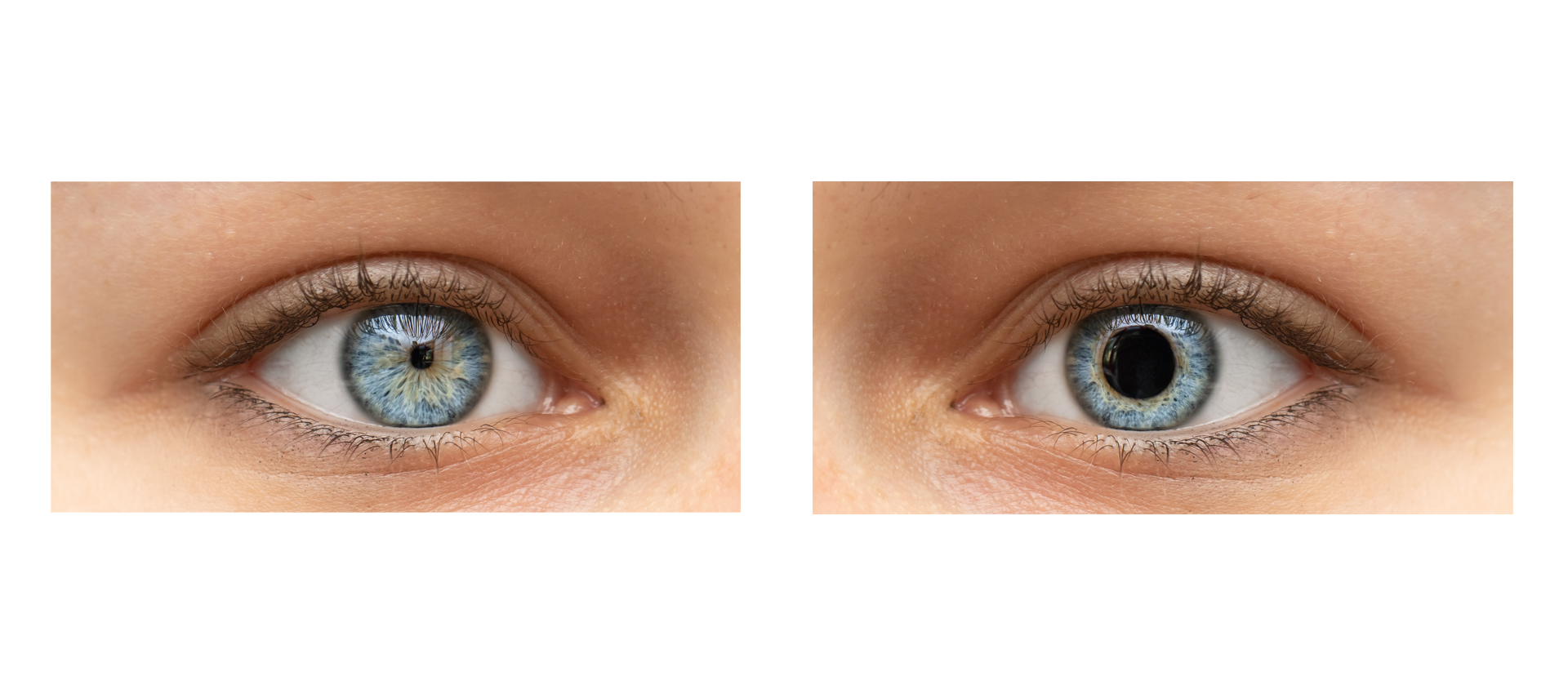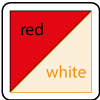Day and night vision / red light

Day vision and night vision
Sunny days and dark nights: the human eye can adjust to large differences in brightness. But it is also sensitive to glare.
Anyone who has ever looked directly into a brightly shining flashlight in the dark can immediately relate to this. The eye is able to adapt to different light conditions for its own protection, the so-called light-dark adaptation. When the brightness changes, the eye needs time to adjust. The current visual performance is determined by the respective state of adaptation.
The adjustment from dark to light takes only seconds. Conversely, it can take more than 30 minutes for the eye to adapt from light to dark, e.g. B. when leaving a well-lit room in the dark at night.
The cones in the retina register the daylight, whereby there are three different types of cones for the primary colors blue, red and green. Night vision, on the other hand, is done by the much more light-sensitive rods, which in turn can only distinguish between shades of brightness or shades of gray.
The adjustment of the visual system to changing light intensities takes place in several stages. In the first stage there is a reflex narrowing or widening of the pupil. When the iris diaphragm is open, up to 80 times more light enters the eye than when the diaphragm is almost closed. In the second stage, depending on the light conditions, the rods or cones in the eye in particular are activated. The rods only enable black and white vision. They are the weak light receptors in the eye, i.e. they are activated at dusk (scotopic vision or shadow vision). In bright light, the cones are preferably active and enable color vision (photopic vision or light vision).
If the dark-adapted eye is exposed to a light source (except for red light), night vision is canceled within seconds, as the rods react immediately to the light source.
With its spectral curve, red light is outside the sensitivity of the rods (see blue curve night vision in sketch 1). It has no effect on the adaptation process, so night vision is retained for a long time!
Other colors, with the exception of the amber color, are within the reception range of the rods and thus affect the adaptation process more or less quickly.

Sketch 1 (V-lambda curve) blue: night vision / red: day vision

Sketch 2 Time course of the adaptation of the eye to the darkness


All lights marked with this symbol are available with switchable red night light.
 English
English




